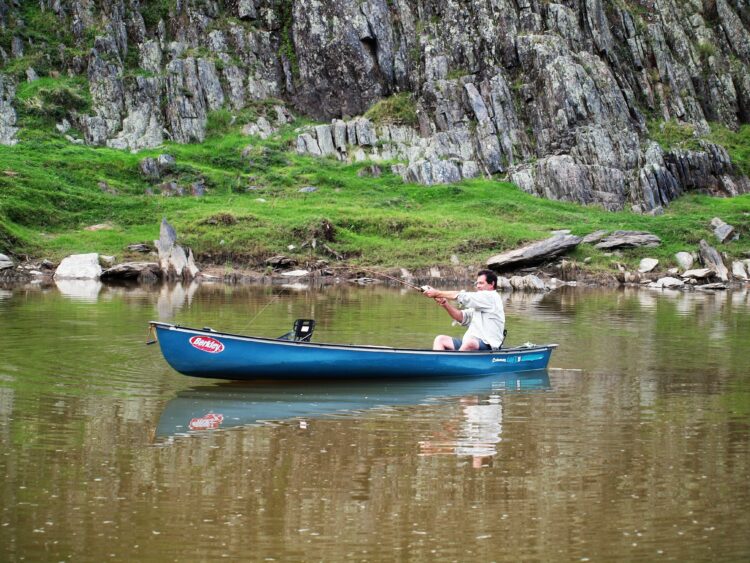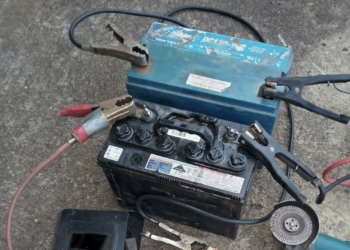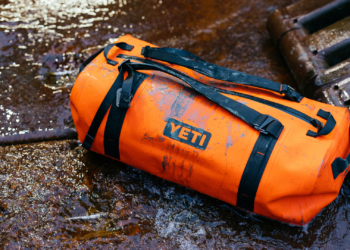IT’S rare these days to travel along a stretch of road and not pass a vehicle with a canoe or a kayak on its roof racks.
Our love of water has seen incredible advancements in canoes and kayaks since our forefathers made a dug out canoe from a log.
My backyard is littered with all manner of watercraft from kayaks, canoes, tinnies and boats and they all have a specific purpose to suit different scenarios.
My sit in kayak is a 11ft long and was purchased for fishing those fast headwaters and navigating shallow rocky runs .
A white water kayak has been designed to be narrow and sleek and have the ability to turn quickly and easily when negotiating rapids.
The benefits with a sit in kayak over a sit on kayak for me is the storage space available in the front and back of the kayak as well as some on top of the kayak which is normally held on with bungy chord.
I use my kayak for extended trips with my camping gear and food stowed beneath while my fishing gear is stowed on top for easy access .
There are many types of kayaks available. For example, adventurers will use sea kayaks for ocean crossings or long trips around our coastlines.
Sit on kayaks are very popular as they are a versatile design. My grandkids all have sit on kayaks and it has been one of the best investments I have made as the enjoyment they have derived from these has been immeasurable.
The down side for sit ons for me is very few have scuppers so you will nearly always end up sitting in water, which is not a problem in warm weather but can be a real pain in the butt in cold conditions, literally.

An exception to the rule is Hobie kayak style of sit on. These sit on kayaks have scuppers to drain away splashes taken over the side or even heavy rain. The mesh seats keep you clear of the kayak itself and are very comfortable and make those long hours fishing / touring a pleasure. My hobie is 10.5ft (yes they still come marked in feet rather then metres) and has been designed to take a pedal propulsion system called a “Mirage Drive”.
These type of kayaks have taken the angling world by storm; a platform to fish from using your legs to power the vessel and steering is done using a hand operated rudder means you can hold your fishing rod and can cast and troll while still moving forward. There’s no need to put down your fishing gear and pick up a paddle!
Some pedal drives can go into reverse easily and others need to have the fins completely withdrawn and reversed.
These are excellent in big flat water, but very limited under floor storage. Some hobbies can be fitted with sails and outriggers and become ocean going vessels.
The downside of these type of kayaks is harder to manoeuvre in fast water, the fins are susceptible to damage in shallow runs and must be removed before shooting the rapids.
Canadian canoes are the real work horses here for me. My canadian canoe is a Coleman Ram-x 15ft. It’s capable of carry two to three people and big loads. I have had so many good trips on those bigger water ways below those white water sections high up in the mountains.
Touring the big desert lakes like Lake Eyre and Coongie Lakes is extra special. Grab a swag and a bit of gear and you’re free to go wherever you choose.
Fill your Canadian canoe with a cooler, food and drink, camping and fishing gear, add a friend and a medium to slow flowing river and you can spend days travelling downstream fishing and relaxing. Add the clip on back rests to your candaian seats and big days on the water are not uncomfortable.
Some canadians canoes can be fitted with larger outboard petrol motors, can have pontoons added as well as sails .
Canadians can tip over easily if you shoot a rapid incorrectly and being open your gear can be easily lost if not somehow contained! So be careful.
Just being on the water is winning, but your choice of craft can make the difference to the pleasure you derive from your experience.

















